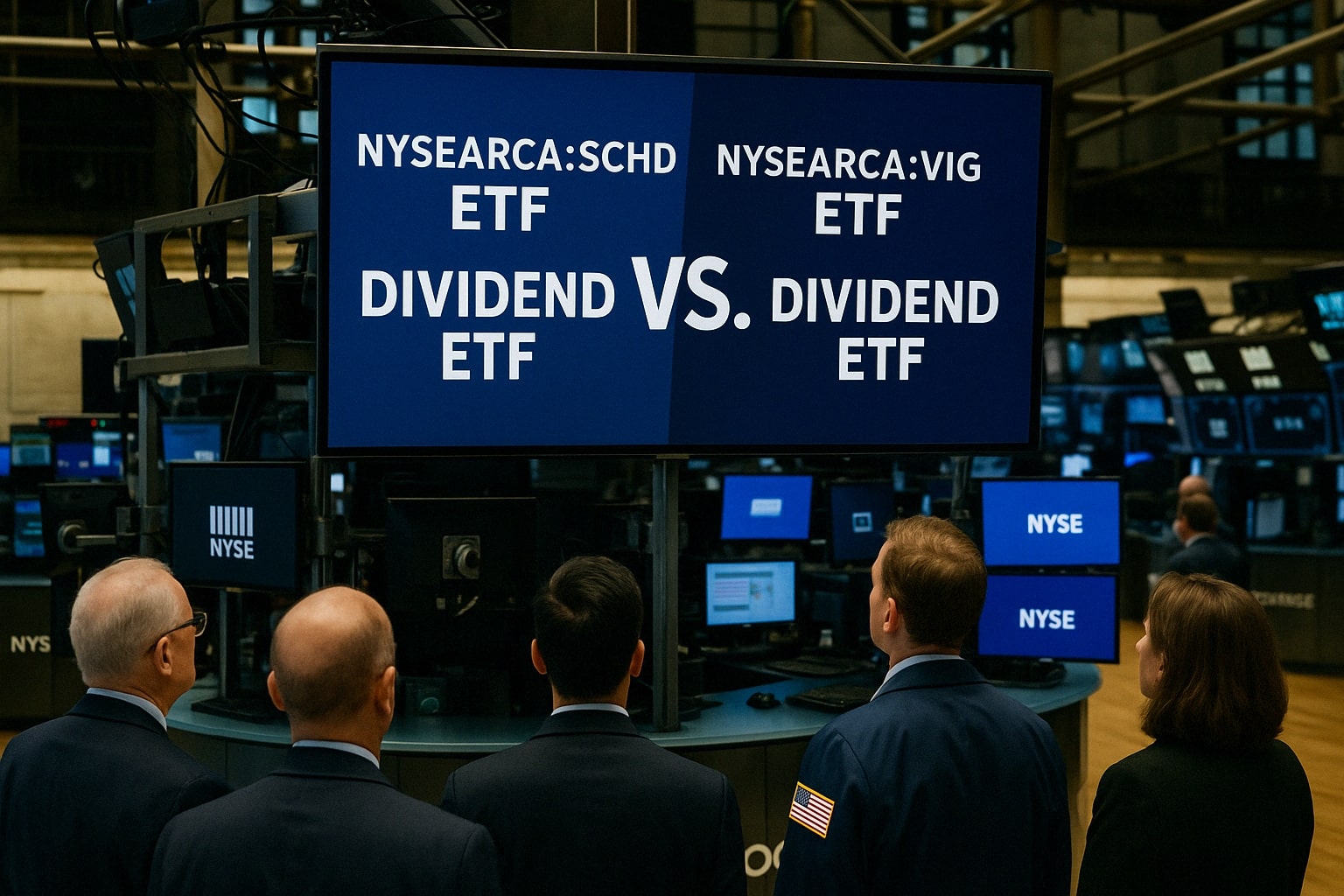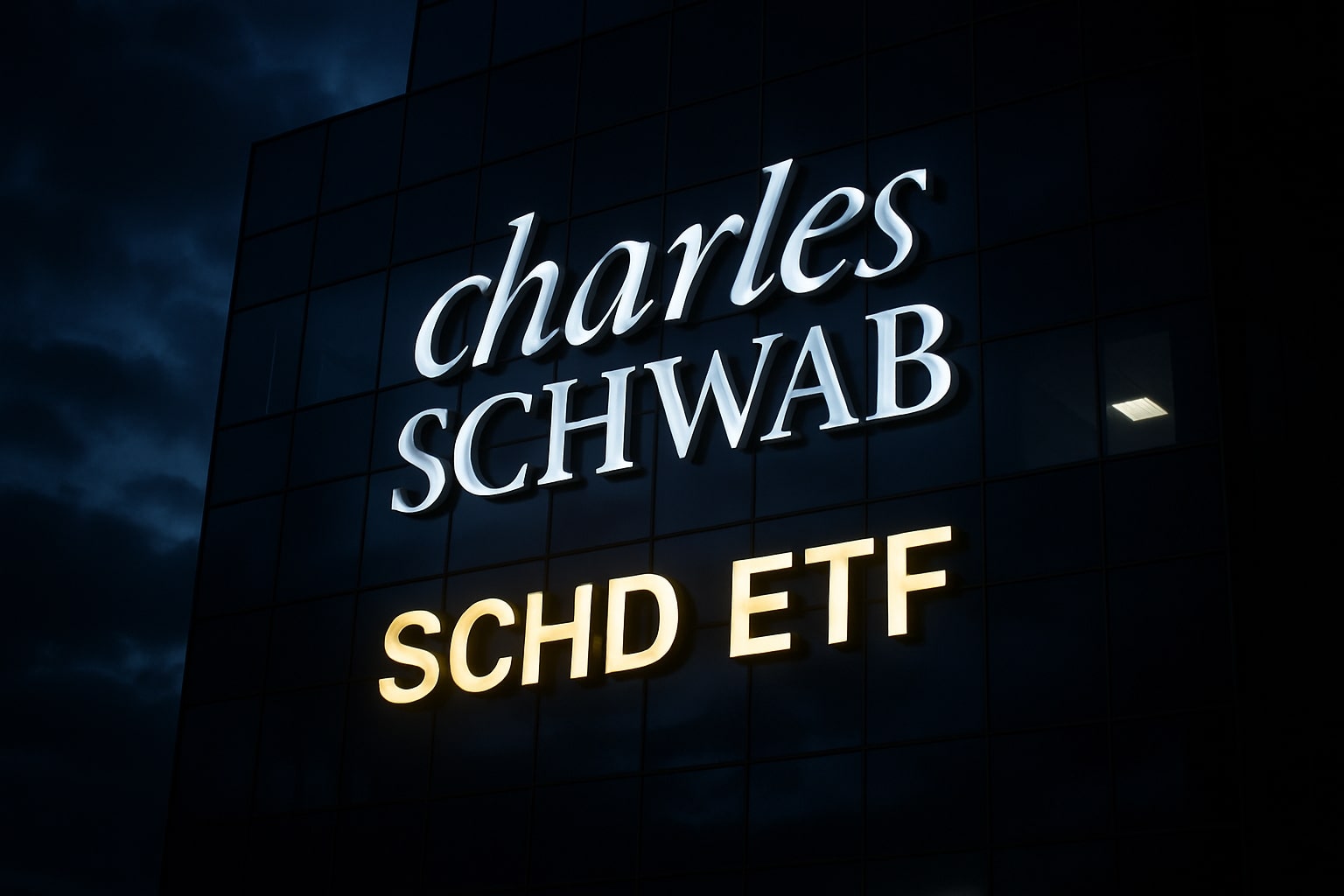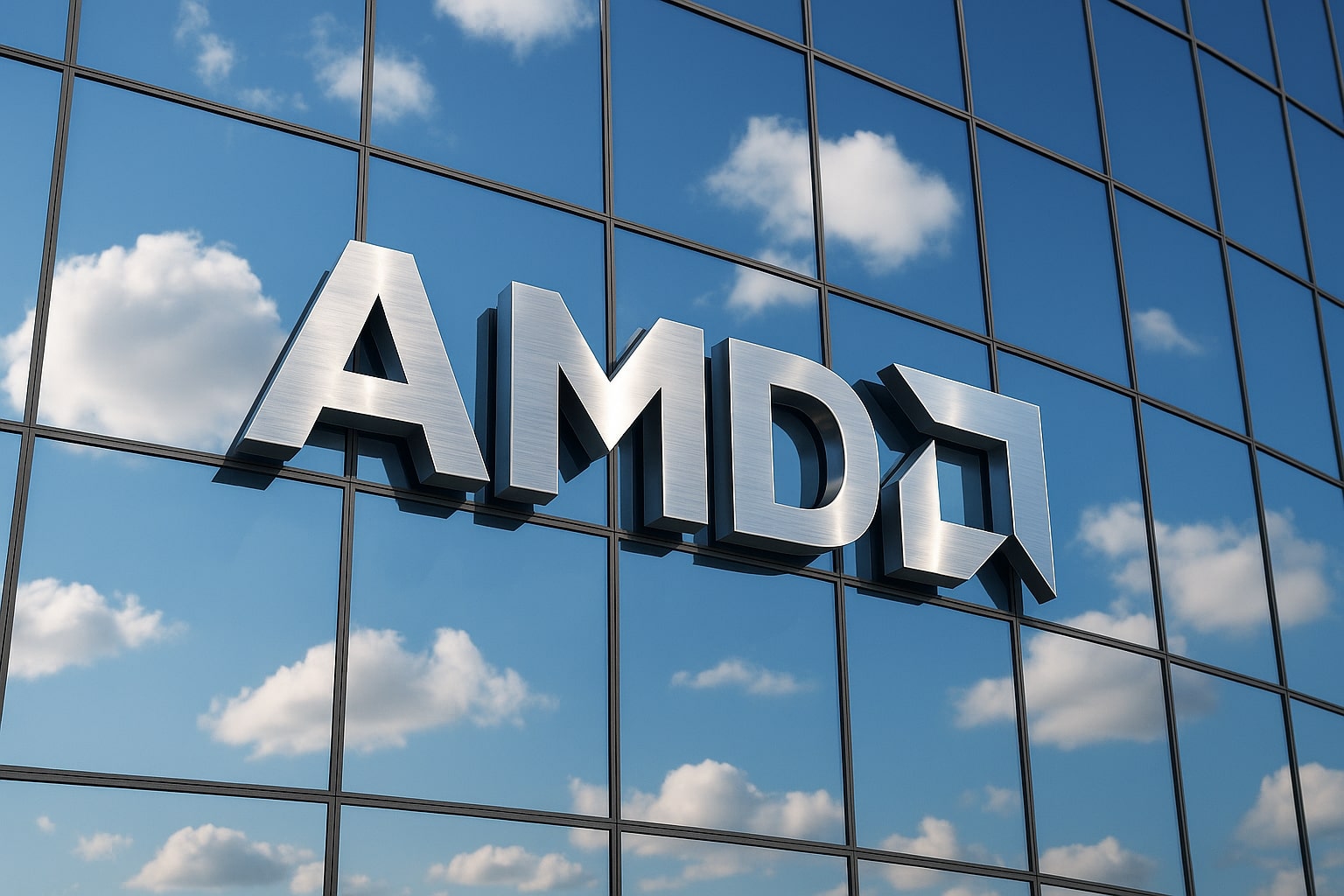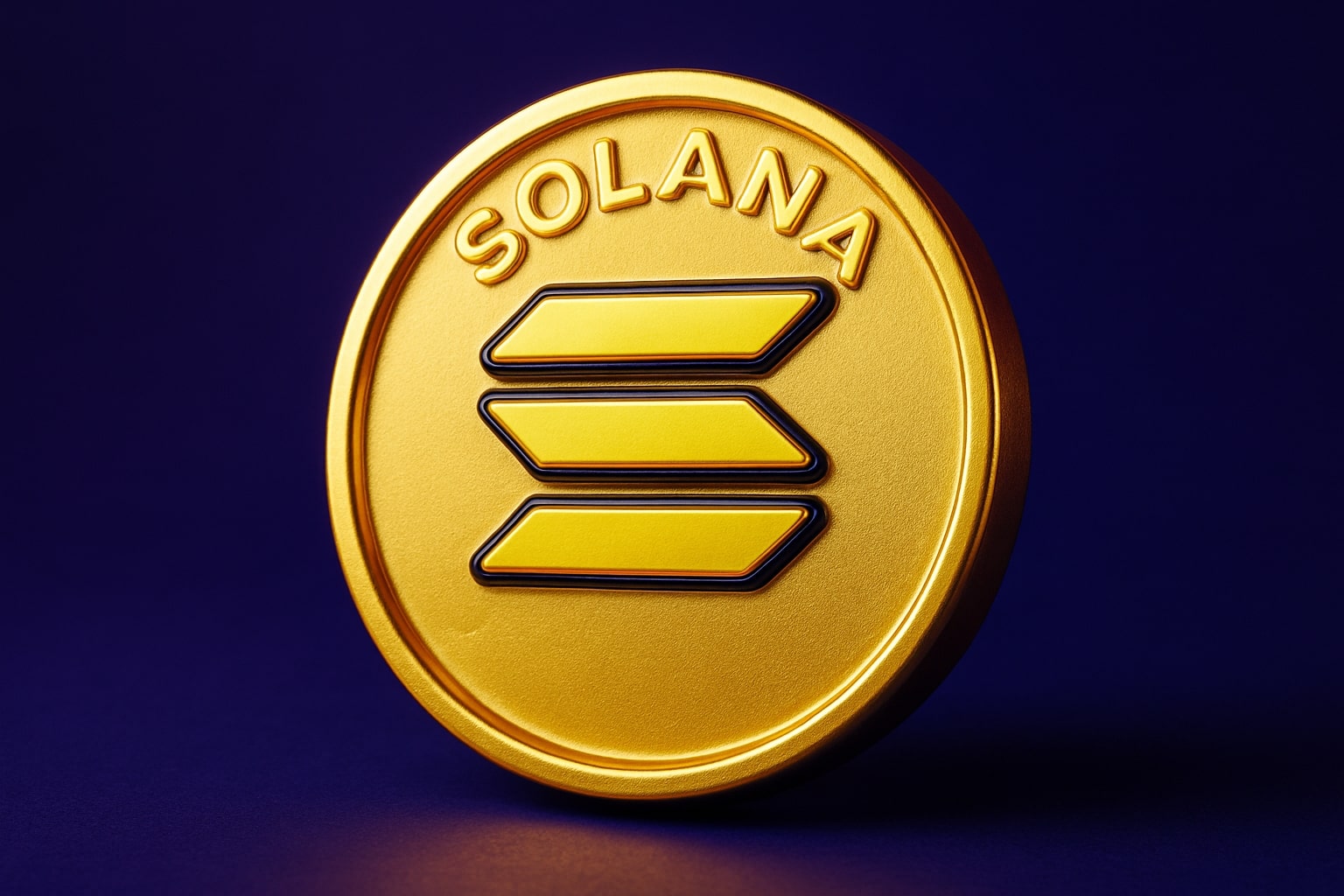
ETF-SCHD vs VIG: Should You Lock in 4.20% at $78.12 or Bet on 11% Growth at $158.45?
When you compare NYSEARCA:SCHD’s front‑loaded 4.20% cash flow against NYSEARCA:VIG’s 1.98% yield and decade‑long 11% dividend CAGR, which ETF fuels your long‑term income goals best? | That's TradingNEWS
Yield vs. Growth Showdown: Why NYSEARCA:SCHD’s 4.2% Cash Flow May Not Outpace NYSEARCA:VIG’s 11% Dividend Surge
When choosing between NYSEARCA:SCHD and NYSEARCA:VIG, income investors face a stark trade‑off: lock in Schwab’s 4.20% starting distribution today or ride Vanguard’s decade‑long streak of 11% annual payout hikes. Which path delivers superior total return when markets gyrate—front‑loaded yield or relentless dividend compounding? Let’s unpack the numbers driving this high‑stakes dividend duel.
Sector Weightings Illustrate Philosophical Divergence
Schwab’s NYSEARCA:SCHD tilts heavily into the defensive bastions of the market. Consumer Staples, Health Care and Industrials combine for over seventy percent of its 100‑stock lineup, while Information Technology slots in at a modest 8.7 percent. Coca‑Cola, Verizon and Procter & Gamble anchor its top holdings, exemplifying stability and a current 4.20 percent yield that sits 62 percent above its own four‑year average. By contrast, Vanguard’s NYSEARCA:VIG allocates 22.0 percent to IT and 22.6 percent to Financials, with Apple, Microsoft and Broadcom each occupying around 3–4 percent of assets. That configuration empowers VIG to ride the tailwinds of cloud adoption and fintech expansion, even as it delivers a more restrained 1.98 percent starting yield.
Valuation Spreads and Yield Dynamics
At a forward P/E of 21.3x, NYSEARCA:VIG trades slightly below the broad market multiple of 22.7x, reflecting patience for its decade‑long streak of dividend hikes and superior five‑year dividend CAGR of 11.08 percent. Its yield, 12 percent rich against history, signals a mild valuation discount versus peers. Meanwhile, NYSEARCA:SCHD’s 4.20 percent distribution, 62 percent above its own historical norm, suggests deep anchor‑level support for income‑seekers who prize present cash flow over payout growth. Expense ratios for both funds remain industry‑leading at 0.05 percent for VIG and 0.06 percent for SCHD, ensuring that cost never becomes a barrier to compounding.
Drawdown Histories Reveal Unexpected Resilience
Intuition might suggest tech‑heavy portfolios like NYSEARCA:VIG would suffer jagged losses in market sell‑offs, yet its worst drawdown since 2011 was 20.1 percent during the January 2022 correction, only slightly better than NYSEARCA:SCHD’s 23.7 percent plunge at the March 2020 trough. VIG reclaimed its highs in 15 months, while SCHD needed 12. This parity underscores how a systematic selection of decade‑long dividend raisers can temper volatility, even when growth sectors stumble. As we stare down potential risks from inflation surprises or renewed trade tensions, both ETFs have proven capable of limiting losses in stages when equities falter.
Dividend Growth Fuels Long‑Term Compounding
In a decade‑plus comparison, an initial $10,000 allocation to VIG would have paid out roughly $15,400 in dividends by 2024, reinvested to drive superior total return. SCHD, more yield‑centric, would have generated about $10,300 in the same period. This gulf reflects VIG’s three‑year payout CAGR of 11.08 percent versus SCHD’s 5.95 percent. While SCHD investors enjoy a robust 4.20 percent starting income, VIG holders benefit from dividends that could approach 3 percent within five years if growth persists, eventually overtaking SCHD’s upfront advantage.
ETF Flows Signal Institutional Conviction
Volume and flow data show that NYSEARCA:VIG has attracted $4.2 billion year‑to‑date through mid‑April, while NYSEARCA:SCHD pulled in $2.7 billion. VIG’s 250,000 shares per day average volume and sub‑one‑cent spreads make it a favorite for tactical rebalancing, especially as its momentum line steepens since February. SCHD’s flows flatten during equity dips, indicating that some investors rotate into more defensive corners. These patterns highlight a growing preference for dividend growers who can expand payouts even as valuations stretch.
Technical Indicators Offer Early Signals
Chart watchers note that NYSEARCA:VIG formed a golden cross in early April, with its 50‑day moving average climbing above the 200‑day line and an RSI of 62 signaling room to run. On‑balance volume confirms accumulation. In contrast, NYSEARCA:SCHD sits below both moving averages with a 46 RSI, hinting at lingering supply. While technicals are never the sole guide, they reinforce the idea that VIG may rally on policy easing, whereas SCHD may rely on yield‑driven flows to steady its path.
Insider Transactions Highlight Shifting Confidence
Recent filings reveal Microsoft board members purchased $12 million of stock following better‑than‑expected Azure growth, and Alphabet directors added $8 million amid strength in digital advertising—both bolstering NYSEARCA:VIG’s outlook. Conversely, Bank of America insiders sold $15 million in shares as net interest margin pressures mounted, tempering sentiment within NYSEARCA:SCHD’s largest sector. Coca‑Cola’s board added $3 million after reaffirming stable consumer demand, offering a modest tailwind to SCHD’s defensive positioning. These moves underscore the divergent risk profiles within each ETF’s leadership roster.
Macroeconomic Crosswinds Will Test Both Strategies
A 35 percent chance of a Fed rate cut by May favors high‑growth dividend raisers by lowering discount rates, potentially driving NYSEARCA:VIG up another 6–8 percent into year‑end. Yet persistent core inflation above 2.5 percent or fresh trade‑war escalations—tariffs north of 25 percent on semiconductors, for example—could stall stimulus and squeeze margins, hitting VIG’s tech and financial exposures harder than SCHD’s staples and utilities. Portfolio architects must therefore allocate based on anticipated policy moves and geopolitical developments: VIG for those banking on easing, SCHD for those seeking today’s yield amid uncertainty.
That's TradingNEWS
Read More
-
SCHD ETF (NYSEARCA:SCHD) Climbs To $27.25 As Investors Flock To Dividend Stability Over Tech Volatility
12.11.2025 · TradingNEWS ArchiveStocks
-
Bitcoin (BTC-USD) ETF Inflows Surge To $524M As BlackRock’s IBIT Dominates Rebound
12.11.2025 · TradingNEWS ArchiveCrypto
-
Natural Gas Price (NG=F) Steadies at $4.53 as Record LNG Exports and Rising Winter Demand Boost Market Confidence
12.11.2025 · TradingNEWS ArchiveCommodities
-
USD/JPY Price Forecast - USDJPY=X Holds At ¥154.10 As Intervention Threats And Fed Cut Expectations Drive Volatility
12.11.2025 · TradingNEWS ArchiveForex


















